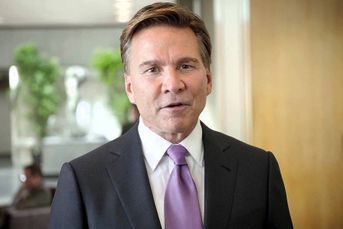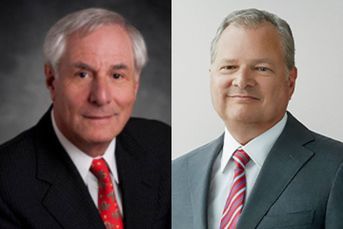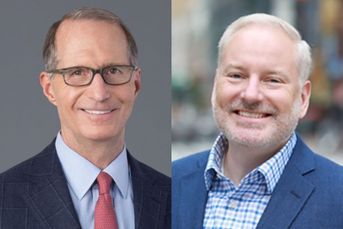Stock market’s rally may have further to run
Jeffrey Saut of Raymond James cites the earnings potential of S&P 500 companies as an indication the market can go higher.
It’s been more than eight years since the stock market bottomed out in the winter of 2009, with the S&P 500 hitting its low of 676.5 on March 9.
Since then, the broad index of large-cap stocks has increased by more than 3.5 times, and on Wednesday it closed at 2357.0, off the all-time high it hit earlier in the week.
With that history in mind, it would make sense if advisers were getting antsy about the valuation of the S&P 500. After almost a decade of gains, the index must be due for some kind of significant correction, if not an out-and-out crash, right?
Looking at the calendar, this has been an extremely long recovery. (In 2009, Slumdog Millionaire won the Oscar for best picture; President Barack H. Obama had no gray hairs.) So it would make sense for advisers and all kinds of investors to believe the S&P 500’s run was through.
Most significantly, as viewed through its price-to-earnings ratio, the S&P 500 looks expensive, although perhaps with little room to run. The index’s P/E ratio as of May 12, based on the trailing 12 months, was 23.83, according to the Wall Street Journal. That’s substantially above the historic mean for the S&P 500 P/E ratio of 15.65, according to the website www.multpl.com.
One investor, however, thinks the S&P 500’s ramble may just be getting started.
“I think this market’s got a lot of legs, barring a nuclear incident,” said Jeffrey Saut, chief investment strategist at Raymond James. “I think this is the biggest secular bull market of my career, and I’ve been in this market for 47 years.”
Mr. Saut sees six stages in the life cycle of a bull market.
The first stage he calls “aftershock and rebuilding,” and the second is “guarded optimism,” which is where he thinks the market currently sits.
The third and fourth stages, respectively, are “enthusiasm” and “exuberance,” while the final two are “unreality” and “the bubble bursts.”
“The average person thinks the only reason the market is up is because central banks unleashed a flood of money,” Mr. Saut said.
He disagrees, pointing to the earnings power of the companies in the S&P 500 as another indication that the broad market could continue to climb. S&P 500 earnings in 2008 were $49.50; that could nearly triple, to $145 to $146, over the next year, Mr. Saut said.
He downplays the fact that the P/E ratio of the S&P 500 historically looks overextended right now. The hyperinflation and high interest rates in the United States in the 1970s and ’80s skew the index’s P/E ratio; starting with the S&P 500’s P/E ratio in 1990 and moving forward, the current market looks fairly priced, he said. And with President Donald J. Trump promising a tax cut, Mr. Saut estimates that every one-point decline in the corporate tax rate hypothetically adds $1.31 to the earnings of the S&P 500.
Mr. Saut could be onto something, particularly in his characterization of the life cycle of a bull market. And the market doesn’t appear to me to be anywhere near stage five: “unreality.”
As a reporter, I’ve seen a stage five stock market frenzy two times, and 2017 does not remotely appear to be a year of irrational exuberance. Indeed, as many advisers would testify, some retail clients remain scared to death of stocks.
Market mania, of course, is a real and powerful thing. In 1999, a year before the dot.com crash, bartenders in Manhattan were chatting up clients, fishing for tips on the latest internet stock. In 2005, two years before the collapse of the mortgage market, office workers in New York were quitting their jobs to flip houses in Connecticut or New Jersey, trying to get rich in the housing boom.
Another positive indicator for the S&P 500 is that there don’t appear to be any immediate, significant pressures from inflation that could erode earnings.
Eight years is a long time to watch the market go up. Is the rise in the S&P 500 simply a one-off, in which case we will soon see a correction? Or do the index’s historic highs indicate there is something fundamentally different in the valuation of stocks and assets in the United States?
In the end, the market will let us all know the answers to those questions. For now, I’d be happy to hear what you think.
Learn more about reprints and licensing for this article.








